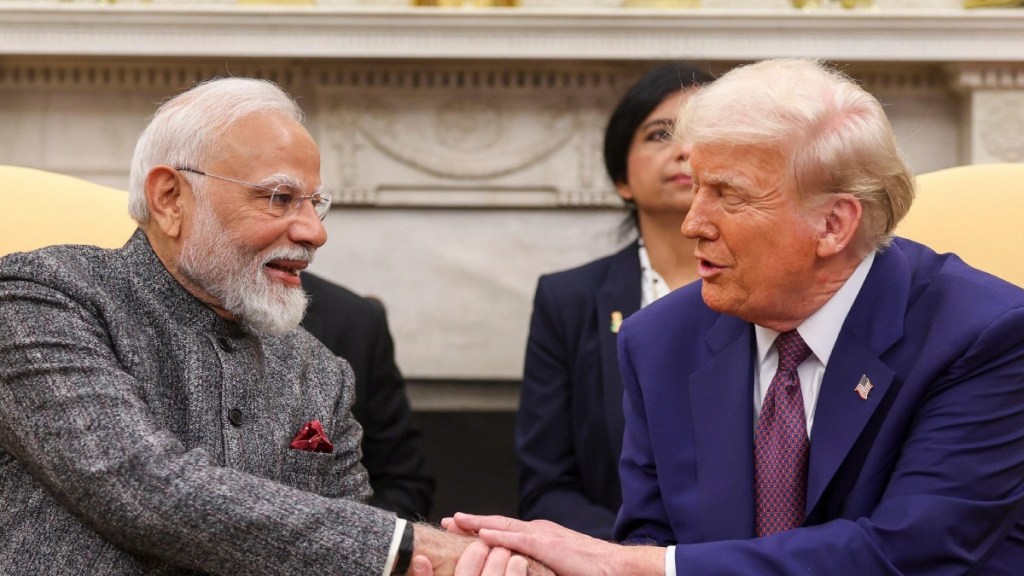Indian officials are considering reducing tariffs on a broad range of imports, including automobiles and chemicals, in an effort to avoid potential reciprocal levies threatened by US President Donald Trump, a source revealed to Bloomberg.
Authorities in New Delhi are exploring duty cuts on vehicles, select agricultural products, chemicals, critical pharmaceuticals, medical devices, and electronics. These deliberations remain confidential as the plans have not yet been finalised, the sources said.
The proposed reductions would go significantly beyond the recent tariff cuts announced by Prime Minister Narendra Modi’s administration, such as those on high-end motorcycles and bourbon whiskey—products exported by the US but with relatively low sales in India.
India’s Ministry of Commerce and Industry has not yet responded to requests for comment on the matter.
New Delhi aims to leverage these tariff adjustments to facilitate a trade deal with the US by the fall, a target set by both countries during the Modi-Trump summit in Washington earlier this month. While officials do not anticipate finalizing the agreement before April—when Trump’s reciprocal levies may take effect—they hope that progress toward a resolution will shield India from these duties.
Officials are examining the country’s tariff structure from multiple perspectives. One approach under consideration is whether to implement a broad reduction in average tariffs or adopt a sector-specific strategy. Meanwhile, the Ministry of Commerce and Industry has established a team to gather feedback from various ministries and stakeholders on the potential impact of reciprocal tariffs. Some sectors, such as dairy products, are unlikely to see any tariff cuts.
These efforts highlight India’s determination to maintain access to its largest trading partner while addressing US demands for fairer trade practices. With some of the highest tariffs globally, India is particularly vulnerable to Trump’s plan to impose like-for-like duties on its exports.
US Trade Aspirations and Defense Deals
The US has expressed interest in increasing energy and weapons sales to India—sectors where Russia has traditionally been a key supplier. Washington is also keen to expand exports of industrial goods, automobiles, and agricultural products. In response, Indian officials are compiling a list of products currently sourced from other countries and assessing whether more of these goods could be imported from the US.
On February 13, Trump signed a directive instructing his administration to propose a new round of reciprocal tariffs aimed at reshaping America’s trade relationships.
“Trump’s proposed reciprocal tariffs could incorporate a wide range of perceived unfair trade actions into tariff calculations,” said Deborah Elms, head of trade policy at the Hinrich Foundation. “It remains uncertain how this will unfold, but India is at significant risk of facing higher US tariffs in the near term.”
Challenges and Strategic Countermeasures
Efforts to ease India’s tariff regime are likely to encounter resistance. Some officials worry that sweeping reductions could lead to a surge in cheap Chinese imports, overwhelming domestic industries. To mitigate this risk, India is considering non-tariff measures such as stricter quality standards and anti-dumping duties.
During the Trump-Modi summit, both nations reaffirmed their commitment to finalizing a trade deal and increasing bilateral trade to $500 billion by 2030, up from $127 billion in 2023. The US has long sought stronger ties with India, viewing it as a strategic counterbalance to China’s growing influence in the region.

